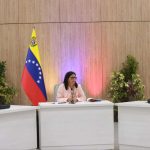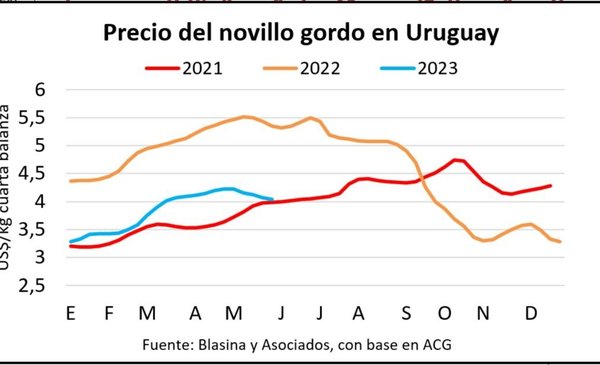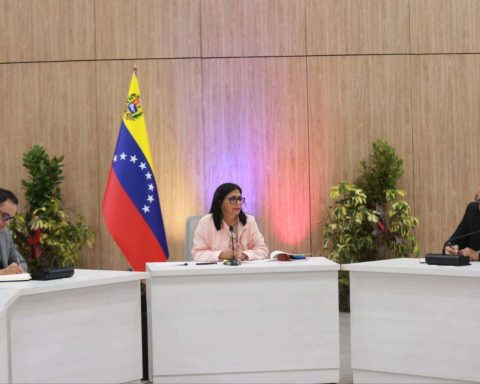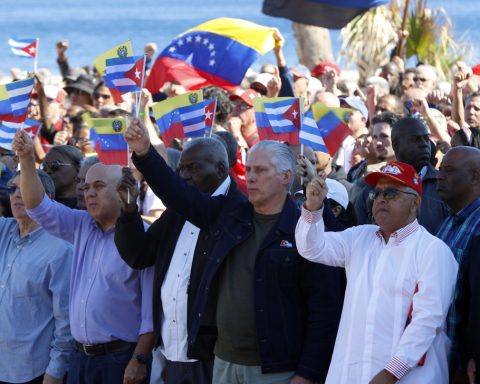The Renovating Democratic Union (let’s unite) regretted the migratory wave of thousands of Nicaraguans, which has been increasing since 2018, and which in 2022 and the beginning of 2023 became more visible.
«The migration of Nicaraguans in search of a better life continues to increase; the separation of families and the flight of human capital have a negative impact on the country,” said the opposition group, through its Twitter account.
Related news: Family division, exile and migration; the consequences of the Ortega dictatorship
He remarked that in the last five years — as a result of the social protests in the country — at least 10 percent of Nicaraguans have migrated “and this number is expected to continue to increase.”
He also stressed that the majority of people who migrate are young, “thus reflecting the economic and political problems that the lack of opportunities entails.
Faced with this situation, Unamos called for the unity of the Nicaraguan people to come out of the dictatorship of Daniel Ortega and thus “build a better future for Nicaragua.”
Cause of migration: Daniel Ortega
The history of Nicaragua has been marked by the migration of its nationals. The cause of the two waves registered in the Central American country has been Daniel Ortega. In the 1980s, thousands of Nicaraguans fled their country in the face of the installation of a “revolutionary” dictatorship.
Related news: Migration and high cost of living mark the return to school 2023 in Nicaragua
In this new century, the migration of Nicaraguans became visible on a larger scale starting in 2018, after the sociopolitical crisis of April of that year, when the regime of Daniel Ortega and Rosario Murillo intensified dictatorial policies against the population.
In the last three years, reports of applications for asylum or refuge have increased significantly in the United States, Costa Rica, Panama, Spain, and Canada. Organizations that work on this issue estimate that around 20% of the total Nicaraguan population has migrated, and that the trend will drop in 2023.
It is estimated that 38% of Nicaraguan families have suffered the division of their nucleus due to exile or migration due to poverty in Nicaragua between 2018 and 2023, according to data from migrant organizations.
Regarding the migration of Nicaraguans in Costa Rica, the more than 190,000 asylum seekers represent almost 3% of the Nicaraguan population, of almost seven million. Those numbers do not include the considerable number of Nicaraguans living in Costa Rica with another legal status or who are not authorized.

















